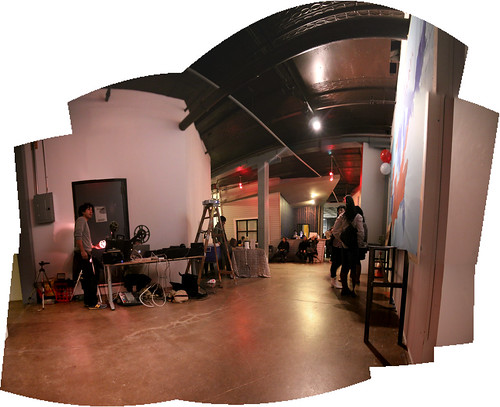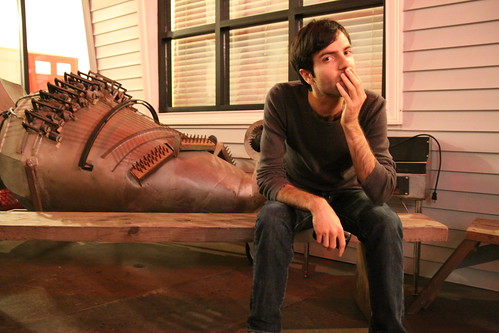The nun shows me the ad hoc operating room. A faded baby blue statue of Maria stands guard as volunteer doctors come here to perform surgery on patients who suffer from AIDS-related sicknesses. Then she points to the crematorium where the remains of patients are burnt if they have no relatives that could take care of them.
She lifts her hand, her finger wandering from urn to another in the glass cabinet that is embedded into the crematorium wall.
"This one died after a year."
"This is the mother of the girl you saw earlier."
"Look at the date here. She came in one day and died the next one,"
she said.
In Vietnamese.
This is where my problem begins.
The colors were rich. The children's eyes large and dark brown. The male patients skin and bones. Fifteen kids chanting a song together. The grommet of the metal playground swing squeaks faintly in the background.
And then a tonal language that makes no sense to most people who might see this video.
Subtitles are like yet another element.
There are interviews, sound, visuals and now text. As someone who grew up bilingual and was forced to learn three more languages in her life, I tend to think that subtitles are friendlier, less intrusive and leave in the voice of the character.
But subtitles are running commentaries, slight interpretations because there is no such thing as a translation. They are another factor, they are content. An additional, intellectual content that imposes itself on top of other visual and aural information. Full immersion in a story cannot be interrupted by white text trickling down on a screen, can it?
And then dubbing? Dubbing brings in a whole other element. You need to find a different voice to add on top of the original voice of your interviewee, corresponding in gender and - to create the illusion of authenticity - in ethnicity. It's a way of making a story flow, of getting the audience to stay on the topic.
So comprehension of a story, flow of a story therefore overrules authenticity?
There's no one rule (and looking for answers from other news media like the Washington Post or even on our own site seems to confuse me even further).
But in a story where the content of the speeches is as important as the visual and aural understanding of a place, I guess, I'd go for dubbing.
Any comments much appreciated.



